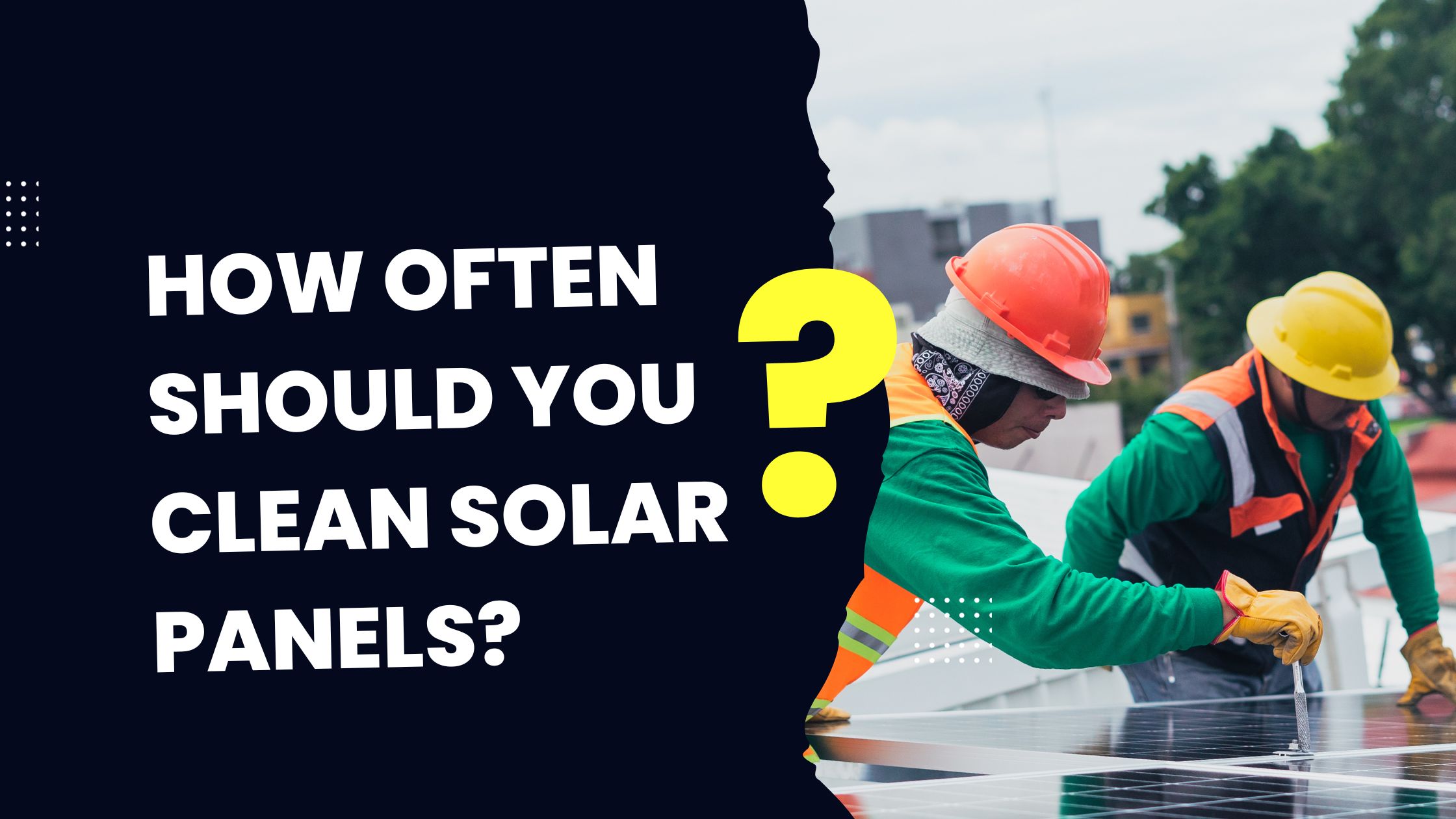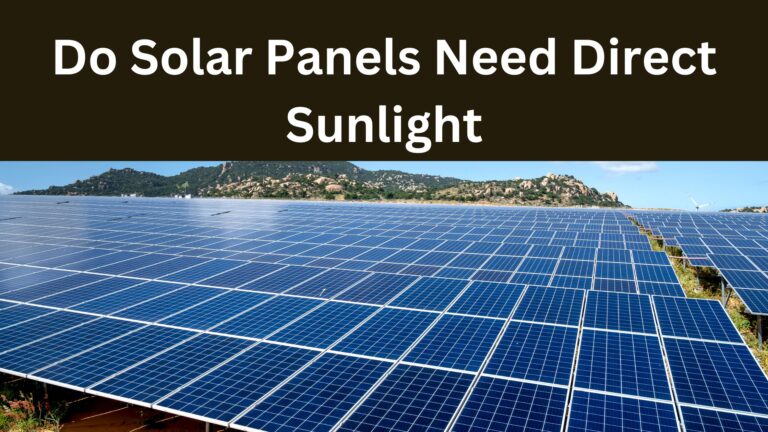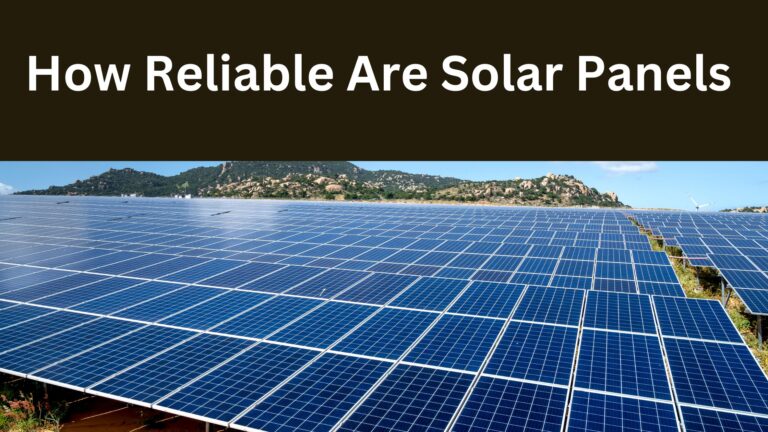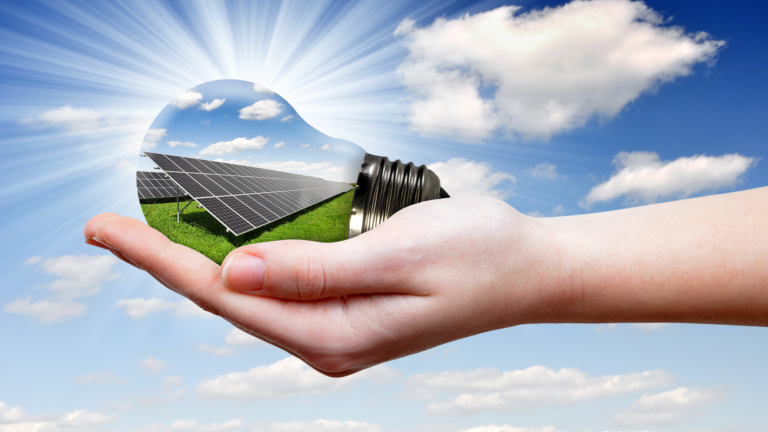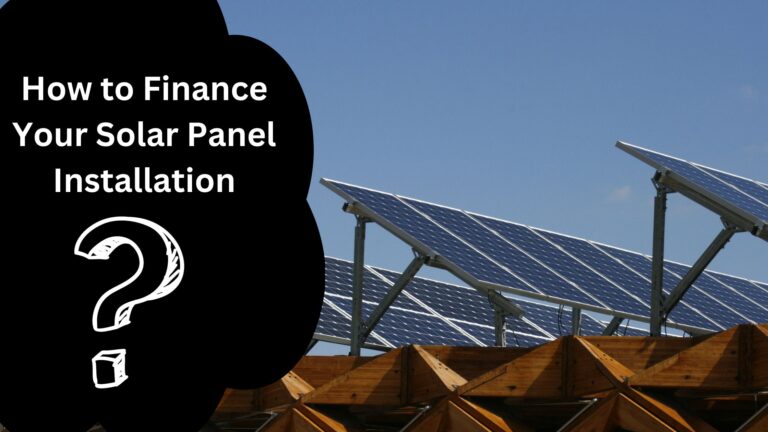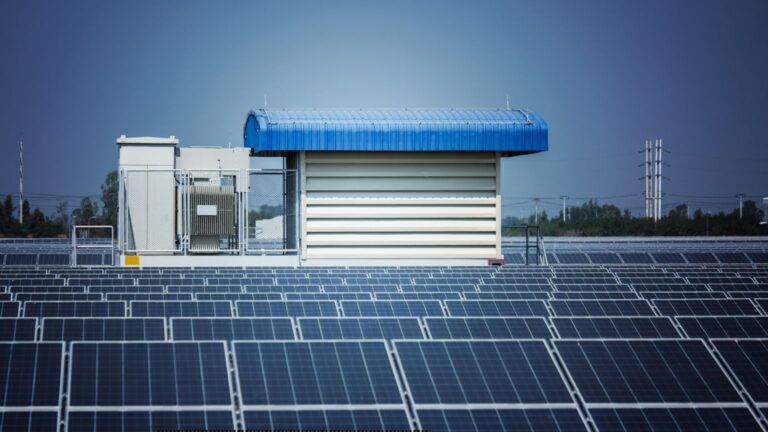How often should you clean solar panels?
Keeping your solar panels free of dirt, dust, pollen, and bird droppings through regular cleaning is crucial to maximizing their efficiency. But how often exactly should you be cleaning them? In this post, we’ll discuss the factors that impact how frequently you should clean your solar panels, like your climate, the tilt of your panels, and more. We’ll provide tips from solar experts on establishing an optimal cleaning routine and examine whether robot cleaners are worth the investment. Follow along for the full scoop on keeping your solar PV system in tip-top shape through proper maintenance.
Why Regular Cleaning is Essential
Dirt, dust, pollen, bird droppings, leaves and other debris that accumulates on solar panels can significantly impede their ability to absorb sunlight. Studies show that dirty solar panels can lose up to 25% of their efficiency. Additionally, debris can cause hot spots that damage solar cells over time.
By keeping panels clean, you ensure they are working at maximum capacity to generate the most solar electricity possible. This maximizes your return on investment.
Factors That Impact Cleaning Frequency
How often you should clean your solar panels depends on several variables:
Climate and Weather
The climate and weather patterns in your geographic area are major factors. Frequent rain can help keep panels cleaner, reducing the need for manual washing. But in drier climates, dust and dirt accumulate faster. Pollen and bird droppings also build up more quickly between rains.
Panels in any climate may need occasional cleaning after storms or during seasons like fall when leaves shed from trees.
Tilt Angle and Orientation
The tilt angle and direction your solar panels face also affect dirt buildup rates. Typically, flatter angles allow more debris accumulation compared to steeper angles where rain can more easily wash away particles. South-facing panels in the northern hemisphere tend to need more frequent cleaning than north-facing arrays.
Nearby Vegetation and Trees
Abundant trees and vegetation near your solar installation can increase pollen, leaves, seeds and bird droppings on panels. Evergreen trees in particular drop debris and needles year-round. Trimming back overhanging branches helps reduce some soiling.
Mounting and Elevation
Rooftop solar panels tend to need cleaning more often than ground-mounted systems. That’s because they are higher up and more exposed to airborne dirt and dust. Panels mounted closer to the ground benefit more from rain washing.
Panel Coating
Some solar panel manufacturers apply hydrophobic coatings during production. This causes water to bead up and roll off the surface, taking some dust and dirt with it. Coated panels may withstand slightly longer periods between cleanings.
Air Pollution and Environmental Factors
Areas near factories, agriculture or construction zones with more airborne particulate matter require more frequent solar panel cleaning. Installations near highways also collect more exhaust residue. Coastal areas experience salt spray buildup. These environmental factors accelerate debris accumulation.
Establishing a Regular Cleaning Routine
Given all the variables above, it’s a good idea to examine your solar panels closely each month when you first install them. This allows you to gauge how quickly they get dirty in your specific conditions. You can then develop an optimal cleaning schedule.
As a general guideline, residential solar panels may need cleaning every 3-6 months in rainy climates and every 1-3 months in hot, arid regions. But monitor your system and adjust as needed. cleaning more often than necessary wastes time and water.
Seasonal changes can also impact cleaning needs. For example, you may need to clean panels more frequently in the spring when pollen is high or fall when leaves drop.
Here are some tips for an effective cleaning routine:
- Inspect panels monthly to see if cleaning is required
- Schedule cleanings for times with clear weather forecasts
- Use soft brushes and mild soap and water
- Rinse panels thoroughly and let dry completely
- Be careful not to damage the glass or frames
- Use caution when cleaning rooftop arrays
Are Robotic Solar Panel Cleaning Systems Worthwhile?
Robotic solar panel cleaning solutions have emerged in recent years. These automated devices run along the frame rails to brush and wash panels.
The main advantage of robot cleaners is reducing manual labor. They also allow for more frequent cleaning. However, these systems are expensive, costing between $3,000-$4,000 for an average residential installation. They require an additional water source close to your solar array.
Before investing in a solar panel cleaning robot, consider:
- Your climate conditions and how rapidly panels get dirty
- Ease of access to your panels
- Time required for manual cleaning vs. added cost of a robot
- Your budget and if the ROI justifies the price
For many homeowners, manual cleaning is sufficient. But robotic systems can be worthwhile for large commercial installations where frequent washing is critical.
Conclusion
Regularly washing solar panels helps maintain their efficiency and maximize solar power generation. Evaluate your specific conditions to determine an optimal cleaning schedule. Adjust as needed based on monthly inspections. With proper maintenance, your photovoltaic system will deliver clean, renewable energy for years to come.

Solar Energy Engineer, Founder of Solar Panel Guide Blog, and passionate advocate for a sustainable future. ☀️🌿 #SolarEnergy #Renewables Read More About Peter
